So you just bought this amazing property You want to get your first horse or horses, but might be asking yourself what do they eat? Where do they sleep? How do I keep them safe?
I have asked myself those very same questions, did some research, and learned through experience over the past 8 years of owning my own property with horses.
In order to answer those questions, we are going to cover five steps to prepare your property for your first horse.
What do I need to keep a horse?
Below are the five main things to look at when you are first considering bringing a horse to your property.
- Fences – keep them where they are supposed to be.
- Water – always clean and available
- Food – Not too much, not too little
- Shelter – A place for them to wait out the storm
- Seeing is knowing
Fenceline
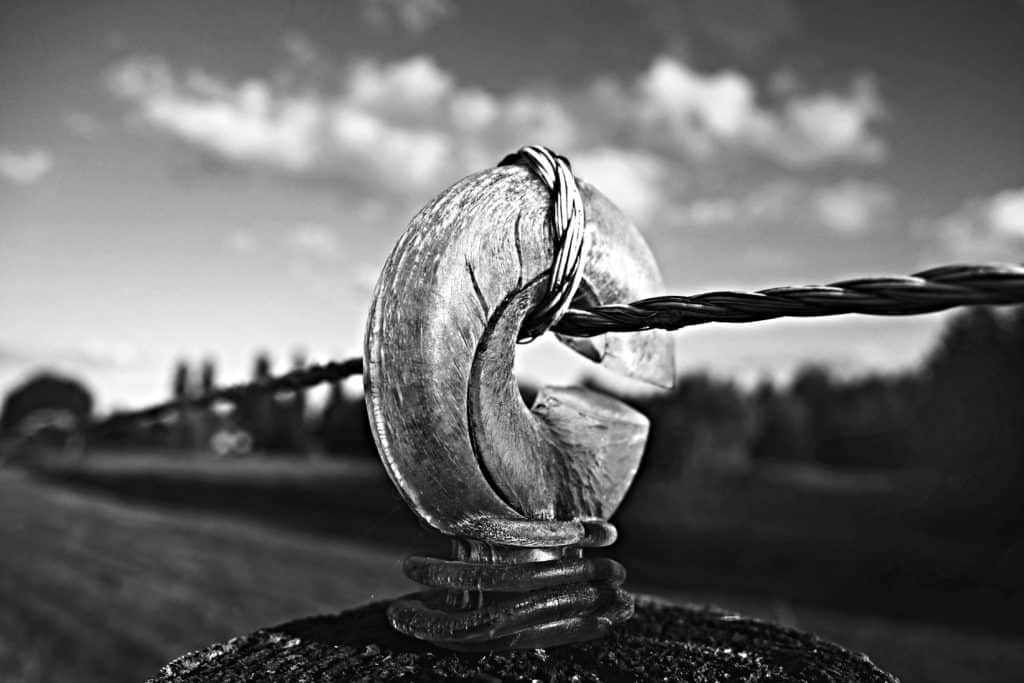
If this is your first time having animals then I regret to inform you but at some point, during your life, they will get out. But, don’t think that just because of this you should give up on the idea altogether. If you just moved into a fight or you plan on bringing home to animals one of the easiest things you can do is to just walk the fence line. Simply doing this, you will identify tons and tons of possible problems they’re very easy to fix. For example, if you have an electric fence you might notice a branch getting awfully close to grounding out your line this is a lot easier to fix then chasing your horse around your neighbor’s property.
Installing new fences
Of course, you could be on the other side of the fence, pun intended. You could have just moved to a new property and not have any fences at all. Obviously, before you can get horses you’re going to need to either install some yourself or have them professionally installed. Personally I prefer the DIY approach; however, fencing is hard work, even harder to get it right. I would recommend that you do your research to find a fencing company in the area. According to the Iowa State University Agricultural Research Department, the cost of a high tensile electric fence is about 89c / ft. This sounds a bit low in comparison to quotes that I have had in the past.
Water
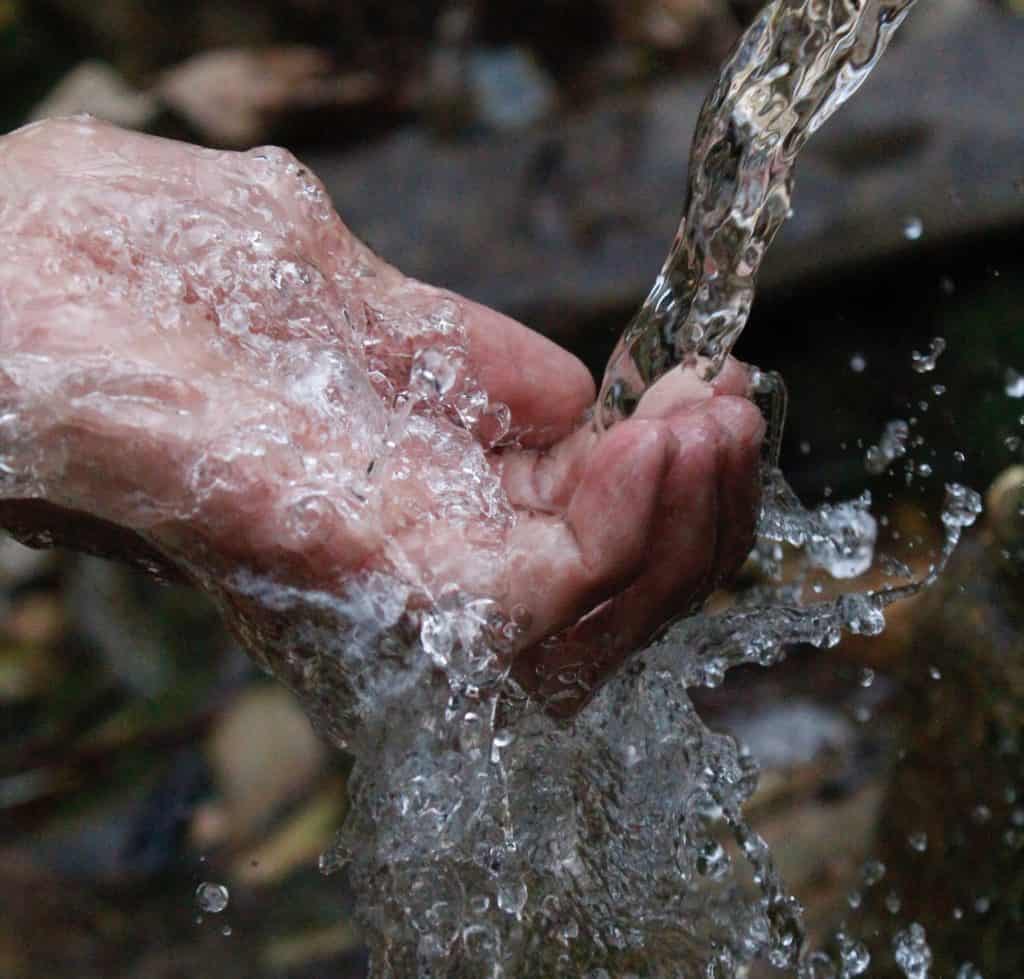
All living things need fresh, clean water. Horses are no reception to this. Keeping water for such a large animal can be quite the undertaking, on average a single horse can consume five to ten gallons of water daily.
Also, if you live in a northern climate you need to prepare for winter. A giant stock tank filled with ice does nobody any good. If this is the case, place your water source near a barn or outbuilding with power so that you can easily run a stock tank heater.
Personally we lucked out, our property had an automatic watering system. These systems fill with fresh water when needed and ours has a built-in heater to keep the water available year-round. The only real worry I have is cleaning it out once or twice a year. A setup like this is going to be one of the most expensive. But I have also lived on the polar opposite, lugging buckets of water twice a day, in the snow, both ways! Depending on the number of horses you have or plan to have take this into account.
Food
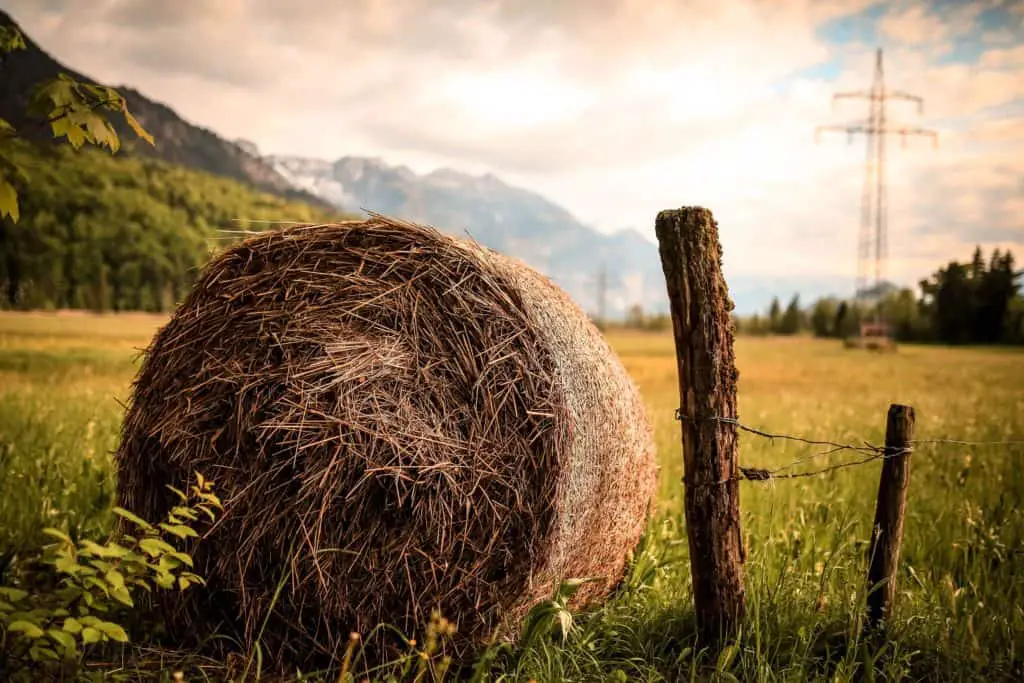
Much like water, food requires some forward-thinking. Horses are big animals, big animals who’s instinct is to eat not just once or twice per day but all day. Before switching to large round bales for our five horses I was feeding square bales, due to their instinct and the quality of fencing I had we had several horses go exploring! Lucky for us this was how we met our neighbors, who quickly became some of our closes friends. large round bales are far more convenient as far as day to day maintenance is concerned; however, if you don’t have a decent-sized tractor, hay trailer, and large truck moving them is quite the pain. We still use our suburban and a neat trick to place our bales into the pasture.
Shelter
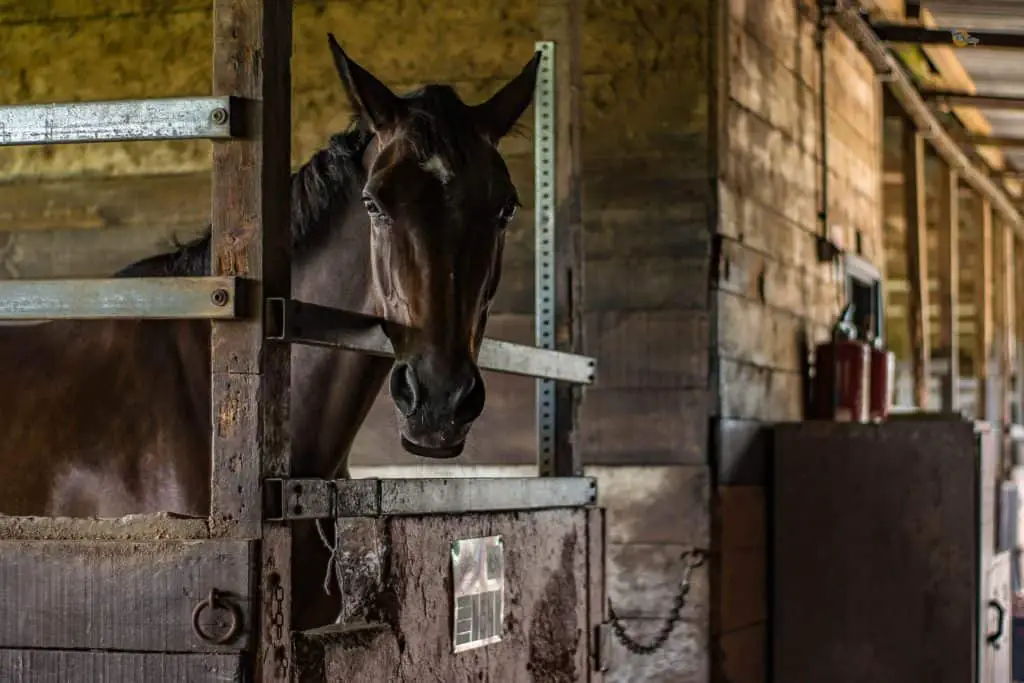
As far as shelter goes, a lot of it depends on what you want to do with your horses. Most show horses are kept indoors, or stalled, for a majority of the day. While others like myself primarily use our horses for more casual adventures. If this is the case, the only real consideration is rain rot, or having a place to put an injured horse. Before we had our own property we boarded our horses at a large pasture about 20 mins from home. “At pasture” means they have an area to go inside or undercover at their own discretion but we’re never forced to do so.
Seeing is knowing
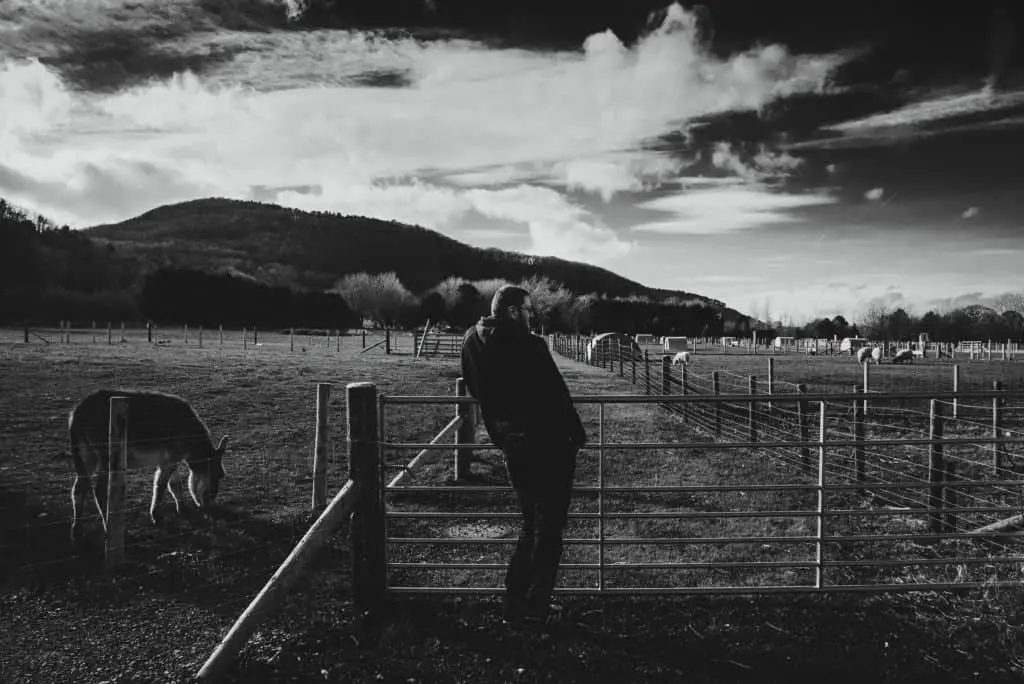
One of the biggest things you can do to keep your livestock happy and healthy is to keep an observant eye. What do I mean by that? I find that it can be quite easy to go about your regular day to day and fall into a habit of not knowing what they are up to. Every morning and every night regardless I do a headcount and give each one a quick pat on the head.
I do this even if I have just been riding or put a new round bale out to pasture. In doing so I’m able to see that they are healthy that they don’t have anything caught around their legs, any injuries and that they are all accounted for. I can see whether or not Hey look too fat or too skinny. I encourage you you also build this positive habit so that you still know everyone is safe even when you don’t go for a ride that day.
